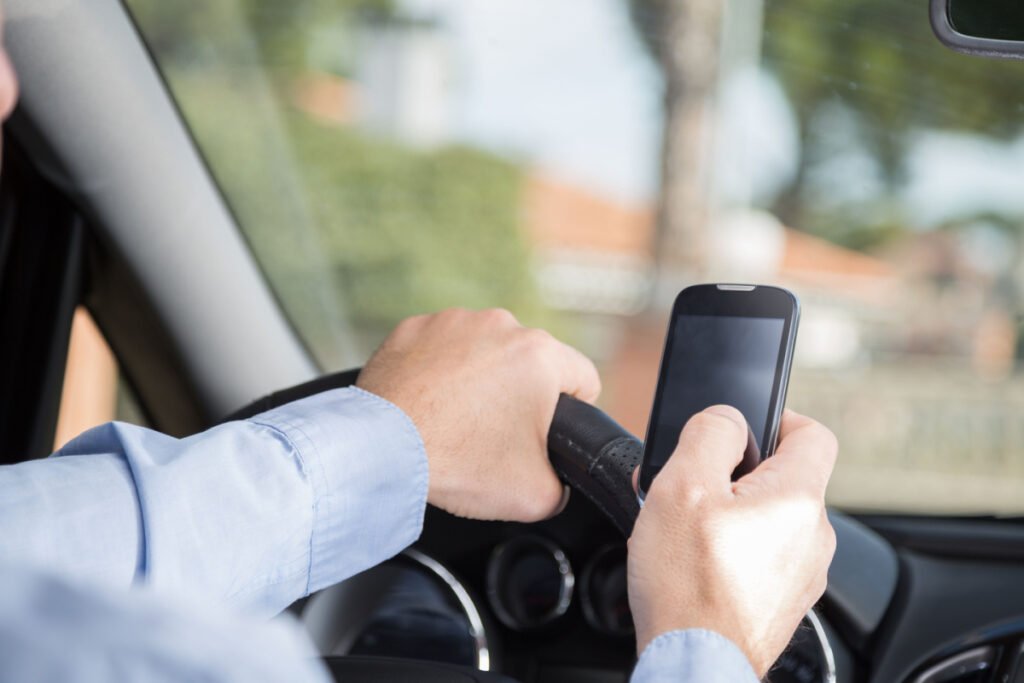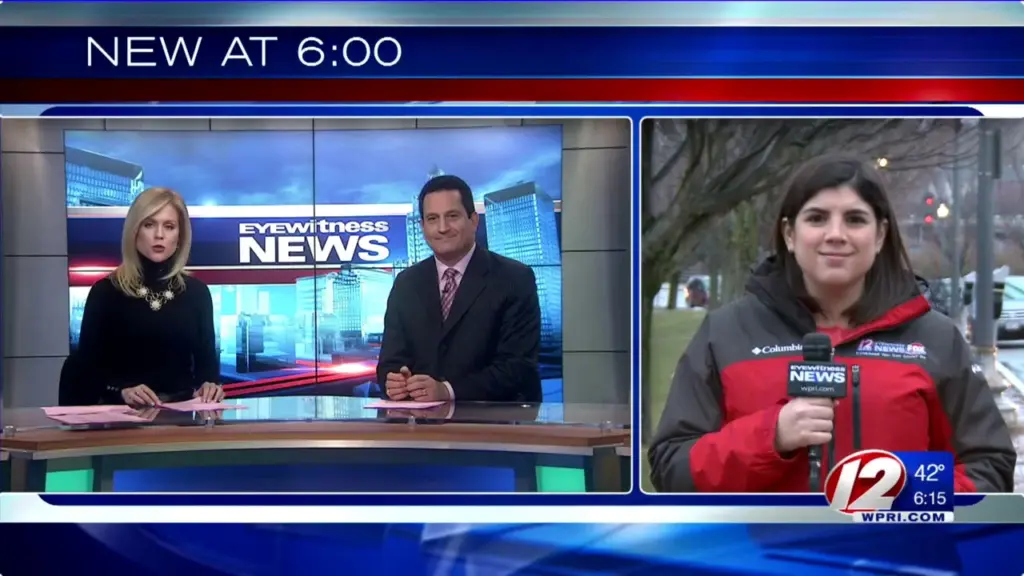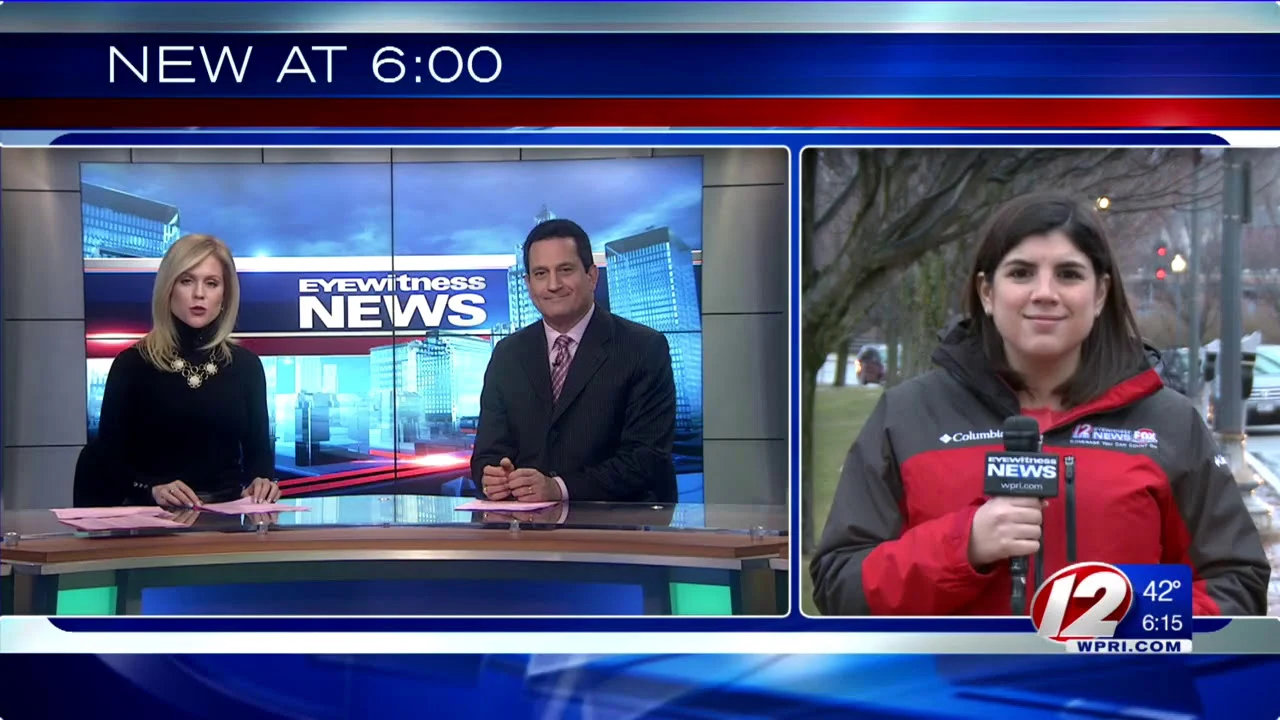Car accidents are a common occurrence on the roads, and often result in injuries or fatalities. However, did you know that daylight savings time can affect car accidents? Yes, that’s right. Daylight savings time can have a significant impact on road safety and the chances of getting into a car accident. In this article, we will explore how daylight savings time affects car accidents, who it affects, and what can be done to reduce the risk.

Features of How Daylight Savings Time Affects Car Accidents
Daylight savings time is a practice that involves turning the clock forward an hour in the spring and turning it back an hour in the fall. This change in time can have several effects on road safety and car accidents.
During daylight savings time, there is a shift in the amount of daylight during the day. This means that the sun rises later in the morning and sets later in the evening. As a result, drivers may experience glare from the sun during their morning commute and may have to drive in darkness during their evening commute.
Moreover, the sudden change in the sleeping pattern due to daylight savings time can cause drowsiness and fatigue in some people, leading to slower reaction times and impaired driving ability.

Who is Affected by How Daylight Savings Time Affects Car Accidents
Everyone who drives is affected by the changes in road safety due to daylight savings time. However, certain groups are more at risk than others. For example, shift workers, who already struggle with sleep deprivation, may find it more challenging to adjust to the time changes and may experience more fatigue behind the wheel.
Similarly, older adults and those with vision problems may find it more difficult to cope with the glare from the sun and may need additional visual aids when driving during the early morning hours.

Biography of How Daylight Savings Time Affects Car Accidents
As mentioned earlier, daylight savings time can have a significant impact on road safety and car accidents. Studies have shown that there is an increase in the number of car accidents during the first week of daylight savings time due to the sudden shift in the sleep pattern.
Moreover, researchers have found that drivers are more likely to experience drowsiness and fatigue during daylight savings time, which can impair their driving ability and lead to an increased risk of accidents.

Who Will Use How Daylight Savings Time Affects Car Accidents
Anyone who drives or is interested in road safety will find this information useful. This includes drivers of all ages, law enforcement officials, policymakers, and researchers.
Where is How Daylight Savings Time Affects Car Accidents

The effects of daylight savings time on car accidents can be seen globally, wherever daylight savings time is observed.
When is How Daylight Savings Time Affects Car Accidents
Daylight savings time occurs twice a year – in the spring and fall. The effects on road safety can be felt in the weeks following the time change.
How to Use How Daylight Savings Time Affects Car Accidents

To reduce the risk of car accidents during daylight savings time, drivers should take extra precautions when driving during the early morning and late evening hours. This may include using additional visual aids, such as polarized sunglasses, and adjusting the position of their mirrors to reduce glare from the sun.
Moreover, it is essential to get enough rest and adjust to the new sleeping pattern slowly. Drivers should avoid driving while feeling drowsy or fatigued and take regular breaks during long journeys.
Pros and Cons of How Daylight Savings Time Affects Car Accidents

Pros:
- Increased awareness about the effects of daylight savings time on road safety
- Opportunity for drivers to take extra precautions and reduce the risk of accidents
Cons:
- The sudden shift in sleep pattern can cause accidents during the first week of daylight savings time
- Difficulties in adjusting to the new sleeping pattern can affect productivity and may lead to absenteeism
Similar Products to How Daylight Savings Time Affects Car Accidents
There are several products available in the market that can help reduce the risk of accidents during daylight savings time. These include polarized sunglasses, anti-glare screens for windshields, and additional visual aids.
Advices on How Daylight Savings Time Affects Car Accidents
To reduce the risk of car accidents during daylight savings time, drivers should take the following precautions:
- Adjust their sleeping pattern gradually
- Use additional visual aids such as polarized sunglasses
- Take regular breaks during long journeys
- Avoid driving while feeling drowsy or fatigued
The Immediate Aftermath of the Clock Change
When the clock changes, your entire circadian rhythm is affected. This happens in the spring and fall.
Adjusting to the March Time change
We lose an hour of sleep when the clocks move forward in the spring. It might seem trivial, but even that slight change in our sleep pattern can considerably affect our alertness. Studies show a noticeable spike in car accidents immediately after the shift to Daylight Savings time. Fatigue and lack of concentration can lead to poor road decision-making, increasing the chances of accidents.
If you feel drowsy behind the wheel after the time change, it’s essential to recognize the risks. If you’re involved in an accident due to another driver’s fatigue, consulting a car accident lawyer can help you understand your rights and options for a collision injury claim.
Some of the specific challenges that come with adjusting to the March time change include:
Sleep Deprivation
As mentioned, the most immediate effect of the springtime change is the loss of an hour of sleep. This can lead to drowsiness, reduced reaction time, and impaired decision-making on the road.
Morning Darkness
With the clocks moving forward, morning commuters might find themselves driving in darker conditions than they are used to. This poses a risk, especially in areas where children are walking to bus stops or school.
Adaptation to Headlight Usage
As in the fall, drivers need to adjust their routines. Those used to bright morning commutes might forget to turn on their headlights, reducing visibility for themselves and others.
Pedestrian and Bicyclist Safety
With the change in daylight, pedestrians and bicyclists might be less prepared for reduced morning visibility. They might not wear appropriate reflective gear, making it harder for drivers to spot them.
Disrupted Routines
The time change can disrupt other routines beyond just sleep patterns. Drivers might find themselves more rushed or distracted, leading to potential mistakes on the road.
Increased Morning Traffic
With the shift in daylight, there can be a condensed window of time when most people are commuting, leading to increased traffic congestion and the potential for accidents.
Wildlife Activity
While more prominent in the fall, wildlife can still be a concern in spring. Animals adjusting to the change in light might be more active during morning hours, leading to potential road hazards.
To mitigate these challenges, drivers should:
- Prioritize Sleep: Adjust your sleep schedule a few days before the spring shift to acclimate gradually.
- Stay Vigilant: Be extra cautious, especially during morning commutes, and be on the lookout for pedestrians, bicyclists, and wildlife.
- Adjust Routines: Allocate enough time for your morning routines to avoid rushing, and double-check that all vehicle lights are functioning correctly.
Recognizing the dangers associated with the springtime change is the first step in ensuring safety on Connecticut roads. And, if the unforeseen happens, always remember the value of consulting with a car accident lawyer when considering a collision injury claim
Adjusting to the November Time Change
When the clocks fall back an hour in November, the most immediate impact on drivers is the shift in daylight patterns. Suddenly, drives once bathed in the late afternoon sun are plunged into darkness. Here are some of the challenges that drivers face during this transition:
Reduced Visibility
The most obvious impact is the decreased visibility. Not only does darkness descend earlier, but the sun’s angle during the late afternoon can cause significant glare, making it challenging for drivers to see clearly.
Adaptation to Headlight Usage
Many drivers aren’t accustomed to using their headlights during their evening commute. Forgetting to turn on headlights diminishes your visibility and makes it difficult for other drivers to see your vehicle.
Pedestrians and Bicyclists
With reduced daylight, pedestrians and bicyclists become harder to spot, especially if they are not wearing reflective materials. Drivers must be extra cautious in areas with high foot or bicycle traffic.
Wildlife Activity
The early evening hours can coincide with increased deer and other wildlife activity. The earlier darkness in November can bring wildlife onto the roads during busy commuting times.
Sleep Disruption
While many enjoy the extra hour of sleep in November, our internal clocks can still be disrupted. This can lead to fatigue and decreased alertness on the road.
To address these challenges, drivers are encouraged to:
- Regularly Check Vehicle Lights: Ensure that headlights, tail lights, and brake lights function properly.
- Drive Defensively: Be aware of the increased risks and be prepared to react to unexpected obstacles or behaviors from other drivers.
- Stay Updated: Watch local news or community bulletins for specific advisories related to Daylight Savings Time changes.
Navigating the early days of the November time change can be tricky, but with awareness and preparation, drivers can reduce the risks. And, as always, understanding your rights and the nuances of law is crucial in the event of an accident. This is where the expertise of a car accident lawyer who is well-versed driving laws on your side.
Opinions on How Daylight Savings Time Affects Car Accidents
The effects of daylight savings time on road safety are well documented, and there is a consensus among researchers and policymakers that additional measures need to be taken to reduce the risk of accidents. However, some people believe that the practice of daylight savings time should be abolished altogether to eliminate the risks associated with it. Conclusion
In conclusion, daylight savings time can have a significant impact on road safety and car accidents. The sudden shift in the sleeping pattern can cause drowsiness and fatigue in some drivers, leading to slower reaction times and impaired driving ability. Moreover, the change in the amount of daylight during the day can lead to increased glare from the sun and reduced visibility.
To reduce the risk of accidents, drivers should take extra precautions during the early morning and late evening hours, such as using additional visual aids and taking regular breaks. It is also essential to adjust to the new sleeping pattern gradually to avoid sudden shifts in alertness.
Ultimately, it is up to individuals, policymakers, and researchers to work together to raise awareness about the effects of daylight savings time on road safety and take steps to reduce the risks associated with it.
Tips to Stay Safe on the Road
Ensuring you are prepared for the time changes is a good idea. Some tips to help you do this include:
- Plan Ahead: If you’re feeling sleepy, especially after the springtime change, try adjusting your sleep schedule a few days before the shift to acclimate your body.
- Stay Alert: With the changing lighting conditions, always ensure your car’s headlights, brake lights, and turn signals are working correctly.
- Know the Laws: Familiarize yourself driving laws. This knowledge can be crucial for your safety and in the unfortunate event of an accident.




